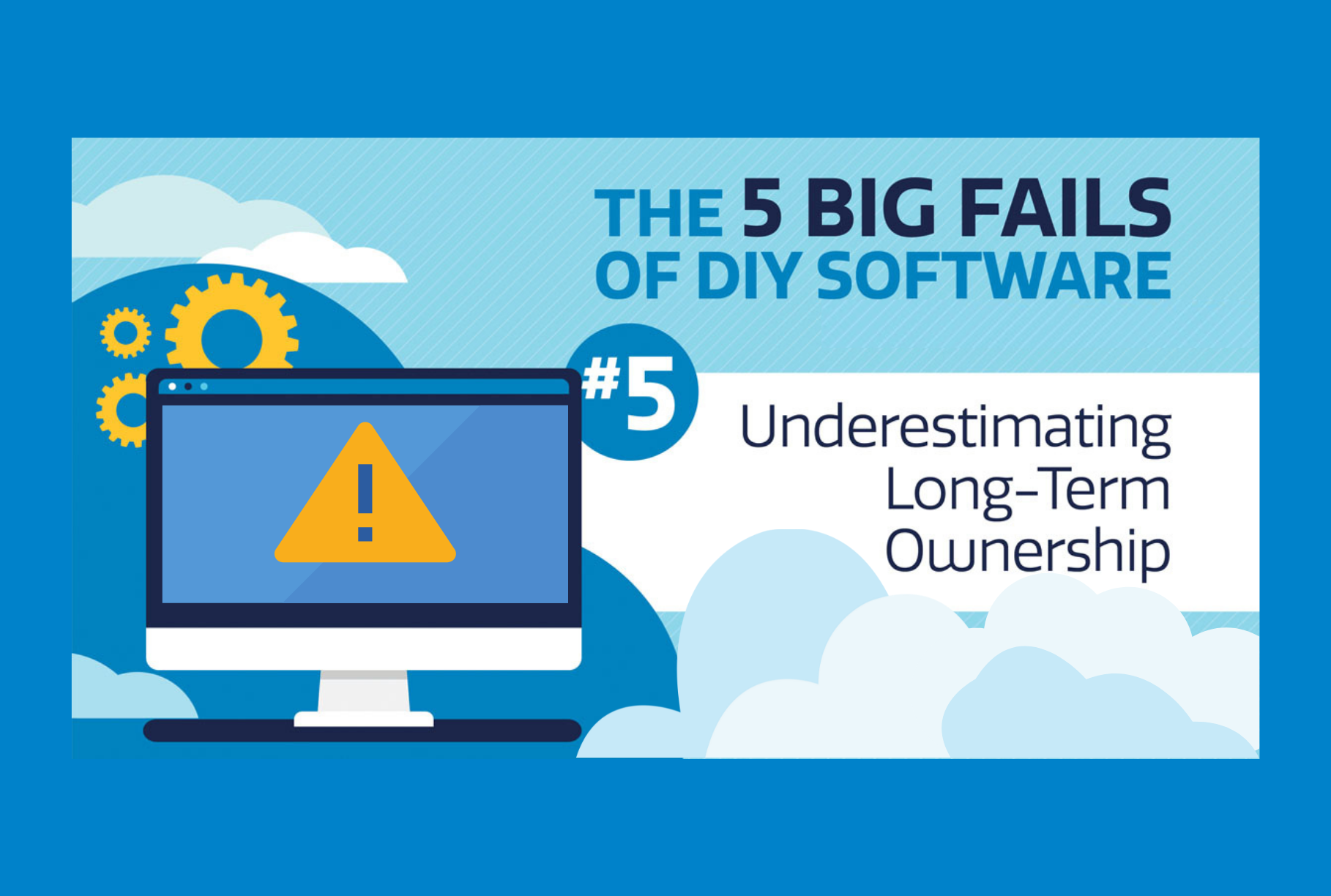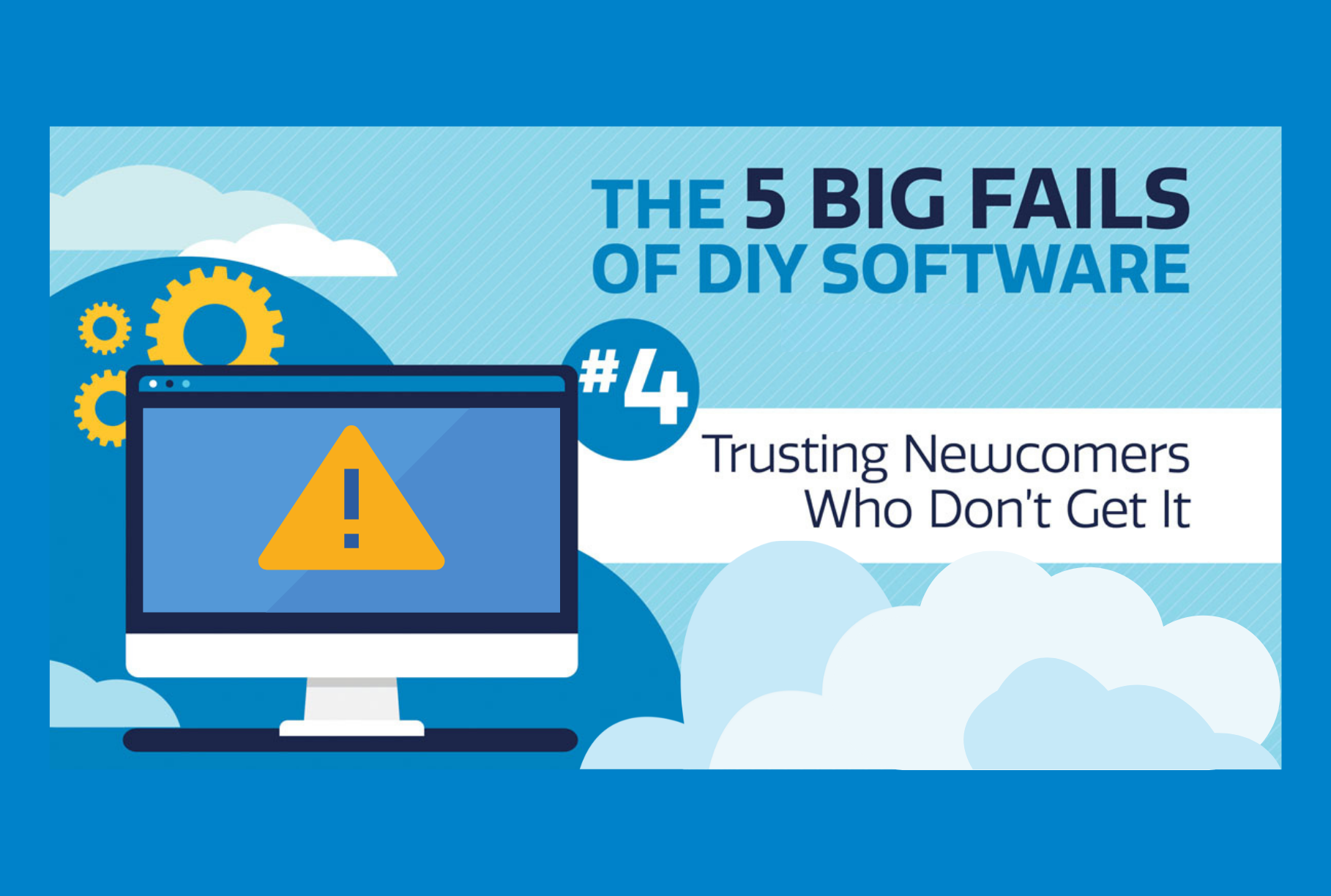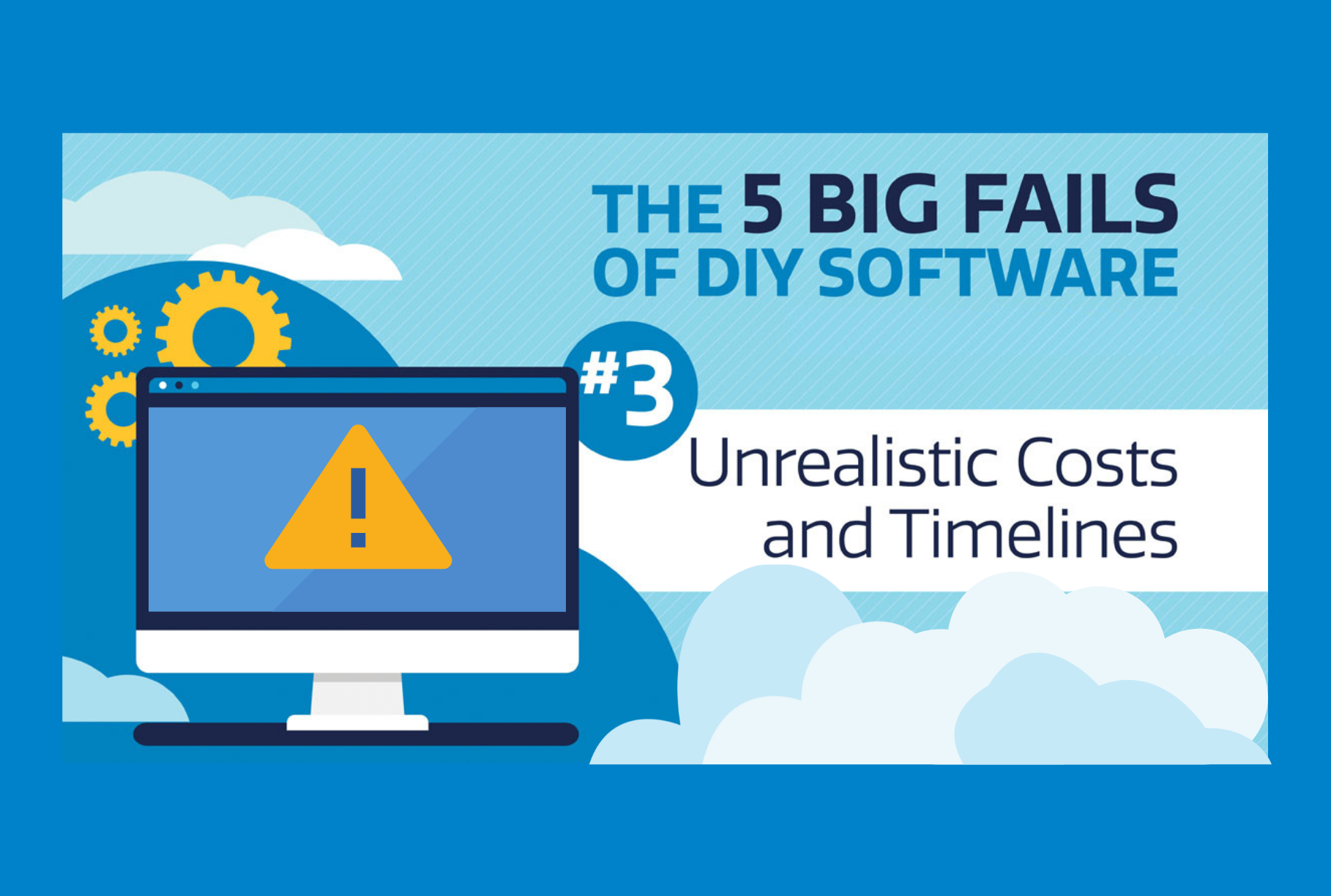Here at HealthEdge, we have a rich history of hosting highly interactive and engaging customer conferences. It’s always been one of my favorite things we do because it allows us to bring our HealthEdge community of customers and partners together to exchange ideas, share lessons learned and talk about where we see the future of healthcare going.
Due to the pandemic, this year we hosted a virtual customer conference, IMPACT 2021, and it was an amazing event. We welcomed nearly 200 customers, ranging from those who have been with us since our inception to those who recently joined the HealthEdge community through our acquisitions of Burgess and Altruista Health.
During the four-hour session, we shared our vision of leading the digital transformation of healthcare through best-in-class products and an integrated platform, and they shared with us their plans, challenges and hopes for the future.
The purpose of this article is to share with you some of the highlights from my keynote address and encourage customers and prospects to reach out to their account managers and engage with us. Together, we are transforming the business of healthcare. I invite you to join us on this incredible journey.
Our Community is Growing
As our customers expand into new markets with new lines of business, we too have expanded our scope of offerings. After finding the right capital partner, Blackstone, in 2020 to help support our ambitious growth plans, we were able to bring into the HealthEdge family two businesses, Burgess Group and Altruista Health.
These additions brought more than just powerful, best-in-class products in the areas of payment integrity and clinical care management. They brought incredible teams of talent, packed with innovative ideas and best practices from across the health plan industry.
Bringing these bright minds together to plot our course of how the solutions will work together to drive incremental value for our customers has been nothing short of amazing.
Since then, we’ve double the size of the company both in terms of revenue and employees. Today, we work with 90 companies, including national and regional health plans, commercial and government plans, BlueCross BlueShield plans and specialty claims processing organizations. We cover more than 35 million lives and virtually every line of business.
Building a Bright Future: For our Customers, with Our Customers
Our mission is to empower our customers to drive higher levels of automation and efficiencies while also reaching higher levels of member and provider satisfaction… and ultimately achieving growth. We accomplish this by focusing on our five core principles:
- Optimizing business value for our customers and employees
- Facilitating cross-functional collaboration
- Driving continuous process improvement
- Following first-principles thinking
- Enabling engineering excellence on behalf of our customers.
In fact, everything we do is for our customers. We’ve built this company for our customers, and the collaborative culture we share with them has been the key to helping us all solve some of the biggest challenges facing healthcare today. And I believe if we continue to focus on these core principles, we are uniquely qualified to lead the transformation of healthcare together.
The Journey of Transforming Healthcare
As health plans expand into new markets and healthcare consumers demand more personalized services, the need for automation and transformation has never been greater. At HealthEdge, our overarching product strategy centers on two main themes: (1) deliver best-of-breed solutions across our customers’ businesses that can (2) easily integrate together accelerate time-to-value for our customers. Let’s take a closer look at what we mean by these two themes.
Deliver best-in-class, individually excellent solutions.
- Offer the finest claim system that gives our customers flexibility and agility to run their business – that’s HealthRules® Payor. We’re expanding our capabilities to support things like value-based care, expanded benefits design, and advanced integrations.
- Offer the best claims editing and pricing rules engines to facilitate more accurate claims and higher payment integrity – that’s Source®. Our Burgess team does a phenomenal job of maintaining the most up-to-date payor rules and pricing engines.
- Offer the best care management system that empowers clinical teams to provide optimum care in the most cost-effective manner – that’s GuidingCare®. Our Altruista team is obsessed with coming up with new ways for clinical teams to monitor the quality and utilization of care services to generate the best outcomes.
Deliver an integrated suite of solutions.
By having all three platforms under one roof and our solution teams working closely together, we can more quickly build seamless connections and workflows that can:
-
- Share more data in real-time for better insights and informed decision making
- Drive smarter business process that take the burden off administrators and clinical resources
- Generate extreme efficiencies, better care and more satisfied members and providers.
A Look Ahead
With our wide range of customers, our solutions exist in a wide variety of ecosystems. But as we look ahead to our product strategy for the next few years, there are four common denominators that will guide our product investment decisions:
- The need for end-to-end automation. The manual-intensive business processes that exist across health plans and providers are placing undue cost burdens that threaten our ability to deliver quality care in the future. We’re rethinking every process and finding new ways to automate the business of healthcare.
- The demand for real-time data. Being able to make more informed administrative and clinical decisions is dependent on being able to access the right data at the right time. We will continue to expand access to all types of data through advancing our API framework.
- The move to expand into new markets. Helping our customers quickly and confidently move into new markets or grow their lines of business requires flexible solutions. We’re focused on increasing the configurability of our solutions so our customers can adapt faster to changing market conditions.
- The shift to value-based care. From setting up value-based arrangements to accurately pricing value-based claims, we’re focused on making it easier for our customers to compete and win in value-based and risk-sharing arrangements with greater access to the clinical and operational data they need.
Beyond the Highlights
Packing a 45-minute keynote address into one brief article is an impossible task. We have so many innovative things going on across our business and across our customer base. I hope that you will stay tuned for more posts in the coming weeks as I dig deeper into each component of our strategy and our product leaders lay out their respective roadmaps.
For now, please know that we are grateful for the level of energy and enthusiasm we receive from our customers every day, and we are encouraged by all of the innovative ways they are using our solutions to grow their organizations and make healthcare better for everyone. Thank you to every one of our customers, partners and team members who made IMPACT 2021 such as success.






